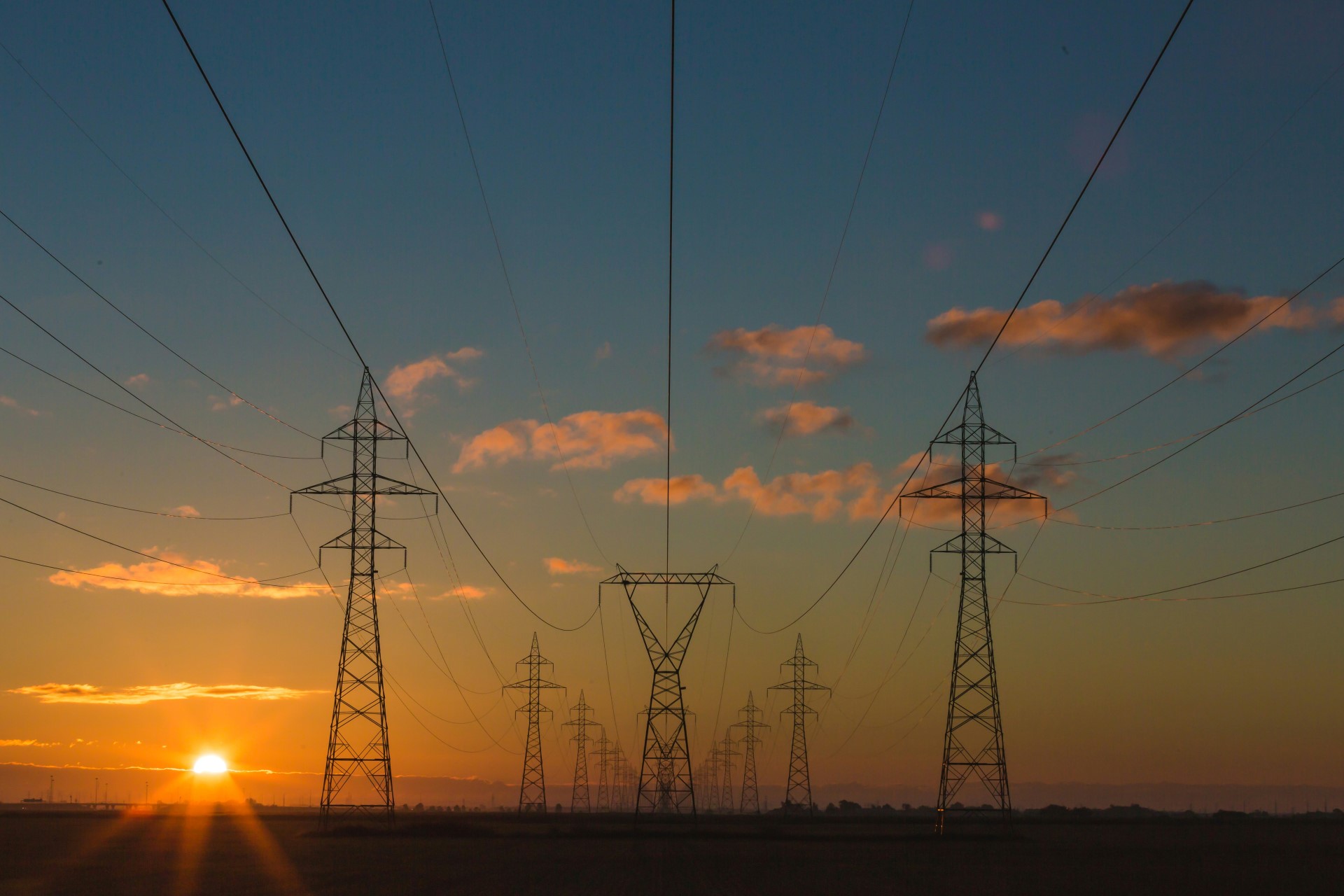A Just Transition Powered by Citizens
Energy communities should be part of the green (re)industrialization debate.
Citizen ownership of the energy transition is gaining increasing traction as a measure to tackle energy poverty, promote climate action, strengthen the economic competitiveness of small and medium-sized enterprises (SMEs), and boost household income. In her Mission Letters, the Commission President, Ursula von der Leyen, has called for broadening direct democracy, introducing a dedicated Citizens Energy Package.
Further policy, regulatory, and financial support will be needed over the next legislature, to horizontalize energy democracy measures in all major policy files, as well as in the negotiations around the next EU budget.
Greenlash or make polluters pay?
Major geopolitical conflicts, cost of living, housing and energy price crises, democratic backsliding: multiple priorities are vying for oxygen in the mainstream political discourse. This may have dethroned ‘environmental protection’ as one of the top three priorities for Europeans, leading to speculation by political analysts around a general ‘greenlash’.
Dig under the surface of the narrative and it becomes obvious that climate policies are not the ones being questioned; rather, their distributional effects. Citizen support for the environmental cause remains steadfast, akin to the record setting 2019 levels. But the real sticking point is who bears the costs of the transition. An overwhelming 92% of European citizens agree that “companies should pay for the costs of cleaning up their pollution”.
Dig under the surface of the narrative and it becomes obvious that climate policies are not the ones being questioned; rather, their distributional effects.
With the conclusion of the Fitfor55 Package, a monumental task lies ahead: millions of leaky houses will have to be renovated, gas boilers replaced, public transport lines rolled out, and land set aside for renewable energy projects. An ambitious, 1,5o C aligned set of climate policies will make us healthier, produce up to 1 trillion euros in benefits for the EU economy by 2030, reduce dependencies, and increase competitiveness. However, the key make-or-break element of this broad societal transformation will be the equal sharing of costs and benefits.
Energy communities: the right scale and message
Energy communities could help ensure a more equal distribution of costs and benefits in the energy transition. One in two Europeans could be producing their own electricity by 2050, covering 50% of the EU’s demand. In the reform of the Electricity Market Design the Commission acknowledges that local energy sharing, also by energy communities, can act as a key price stabilization mechanism.
In this spirit, Dan Jørgensen – the next Commissioner-designate for Energy and Housing – has been tasked with the creation of a dedicated Citizens Energy Package.
Energy communities could help ensure a more equal distribution of costs and benefits in the energy transition.
As the green transition begins having a material impact on people’s lives (from reducing meat consumption, to renovating one’s house), social dialogue will be essential. This is why the revised Energy Performance of Buildings and Energy Efficiency Directives both highlight the role of energy communities in helping homeowners navigate the – often complex and bureaucratic – processes of energy savings interventions.
Local/regional one-stop shops, operated through community actors, including energy communities, can centralize information in an accessible and peer-to-peer approach that cultivates trust. The cases of Eco Vision in Ireland, and La Palma Renovable in Spain, provide such a framework.
The extension of the Emissions Trading System to the buildings and transport sectors is another key policy where regressive effects could hurt the most vulnerable. An effective implementation of the National Social Climate Plans will be key: local actors, including energy communities, should be mobilized to help with the identification and capacity building of individuals facing energy and transport poverty.
Pioneering large scale projects with equitable benefit distribution
Beyond their strong roots in the social economy, energy communities have the heft to contribute to the industrialization debate—and a track record to prove it: they help realize large projects such as offshore wind parks, large district heating and cooling networks, and e-bike manufacturing factories.

By pooling the resources of thousands of citizens, they can mobilize considerable investments, with the latest example being a £5 million refinancing loan provided to a UK community energy project, through REScoop MECISE, a European Co-operative Society.
Energy communities naturally facilitate social dialogue and promote benefit sharing by bringing members of the local community together to co-develop a project. This approach can help ensure that these large renewable energy projects don’t get tangled up in endless legal disputes due to local resistance, ultimately accelerating their permitting. This is why Member States should, as per the Commission’s Guidance, consider the role of energy communities during the designation of Renewable Acceleration Areas.
Energy communities naturally facilitate social dialogue and promote benefit sharing.
Lastly, as policymakers gear up for the next EU budget negotiations, a European Investment Facility for energy communities should be explored. Backed by the European Investment Bank, the Facility could mobilize national intermediaries to disperse loans for large scale community energy projects in the EU27.
Energy communities can actively contribute to the EU’s green industrialization ambitions, while ensuring that the benefits from the energy transition are equally distributed to all citizens. Policy support will be required, which is why the Clean Industrial Deal must carve out a space for citizen participation, including through dedicated incentives (for example, opening up wind projects to shares by local communities), in order to ensure a coherent policy framework with the Citizens Energy Package.